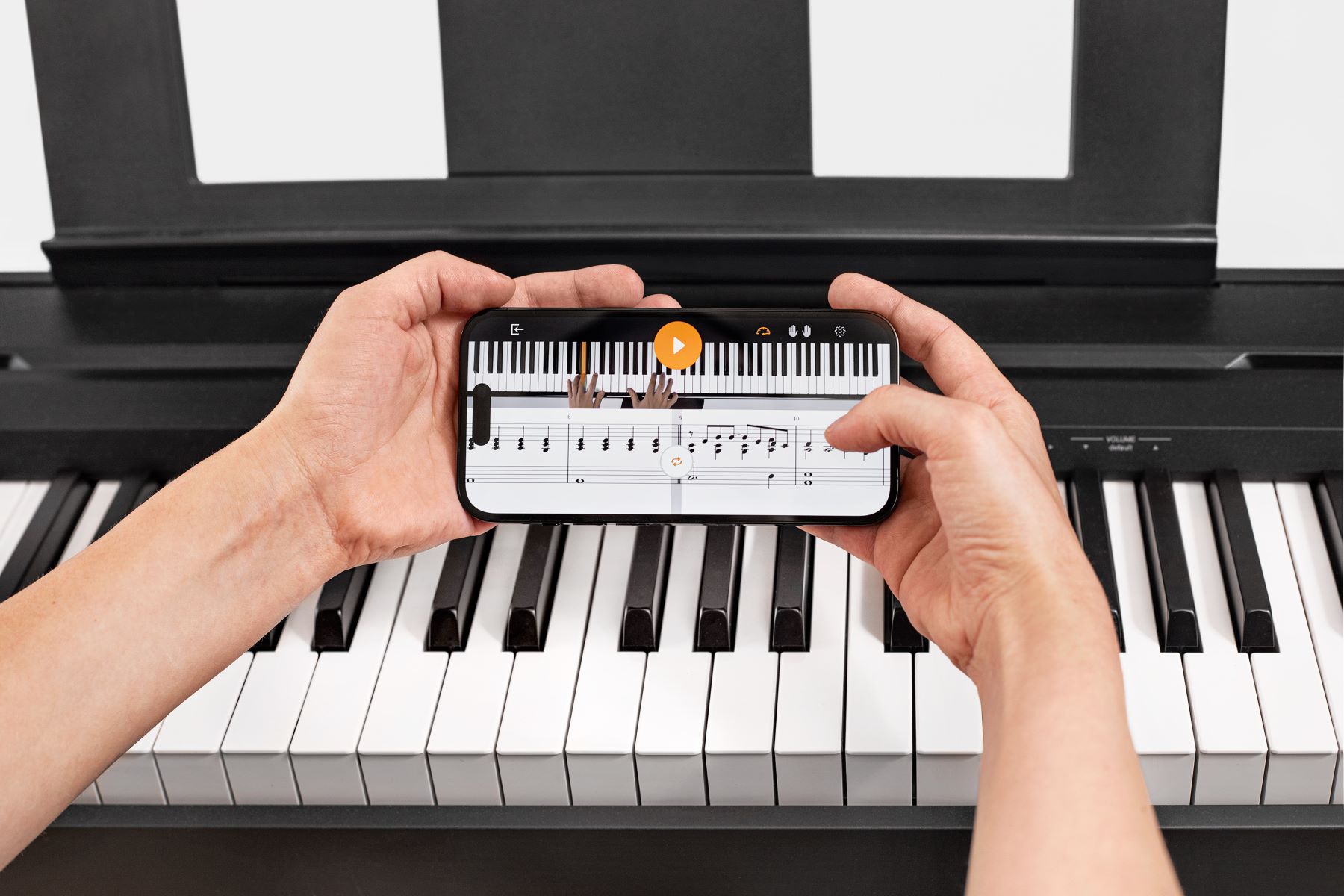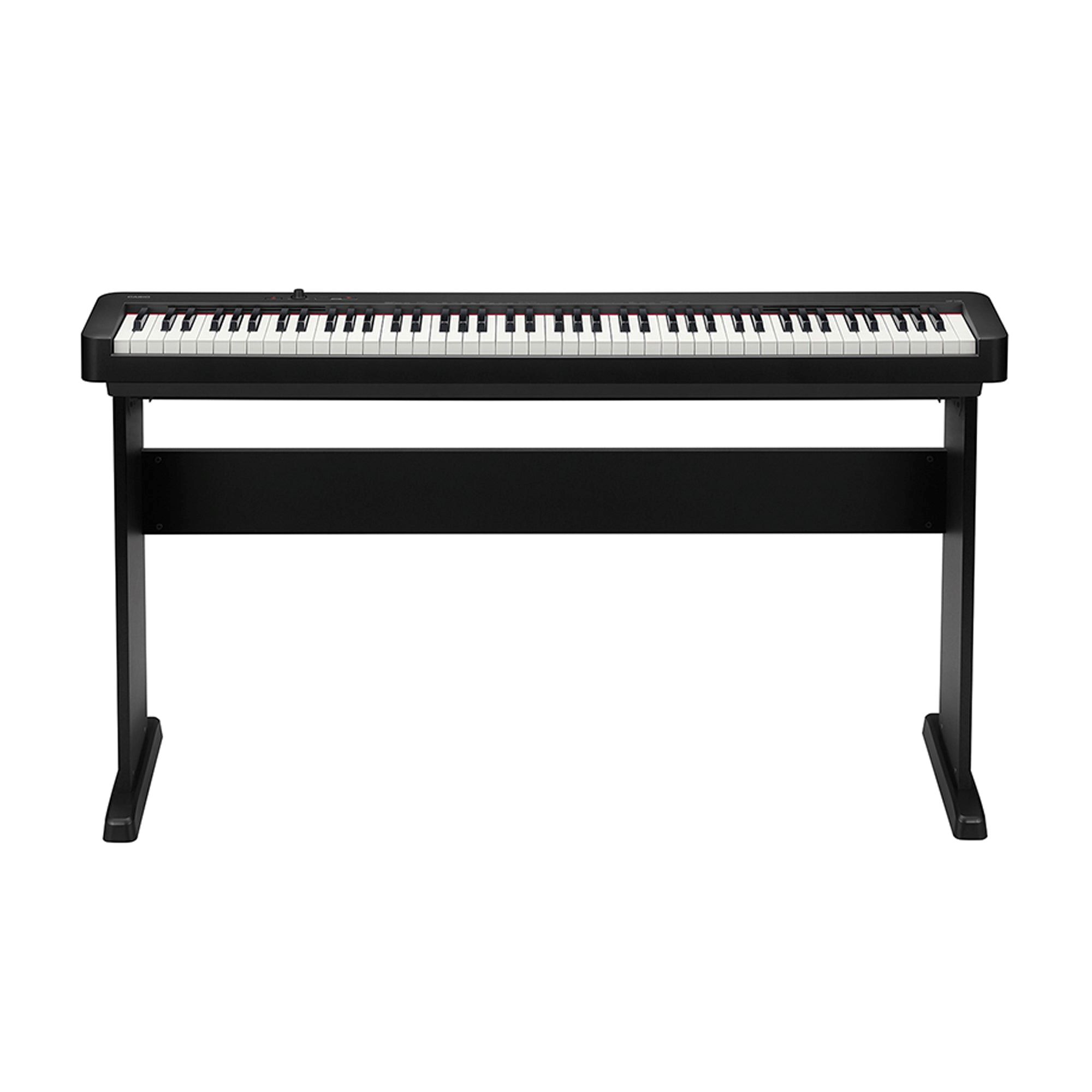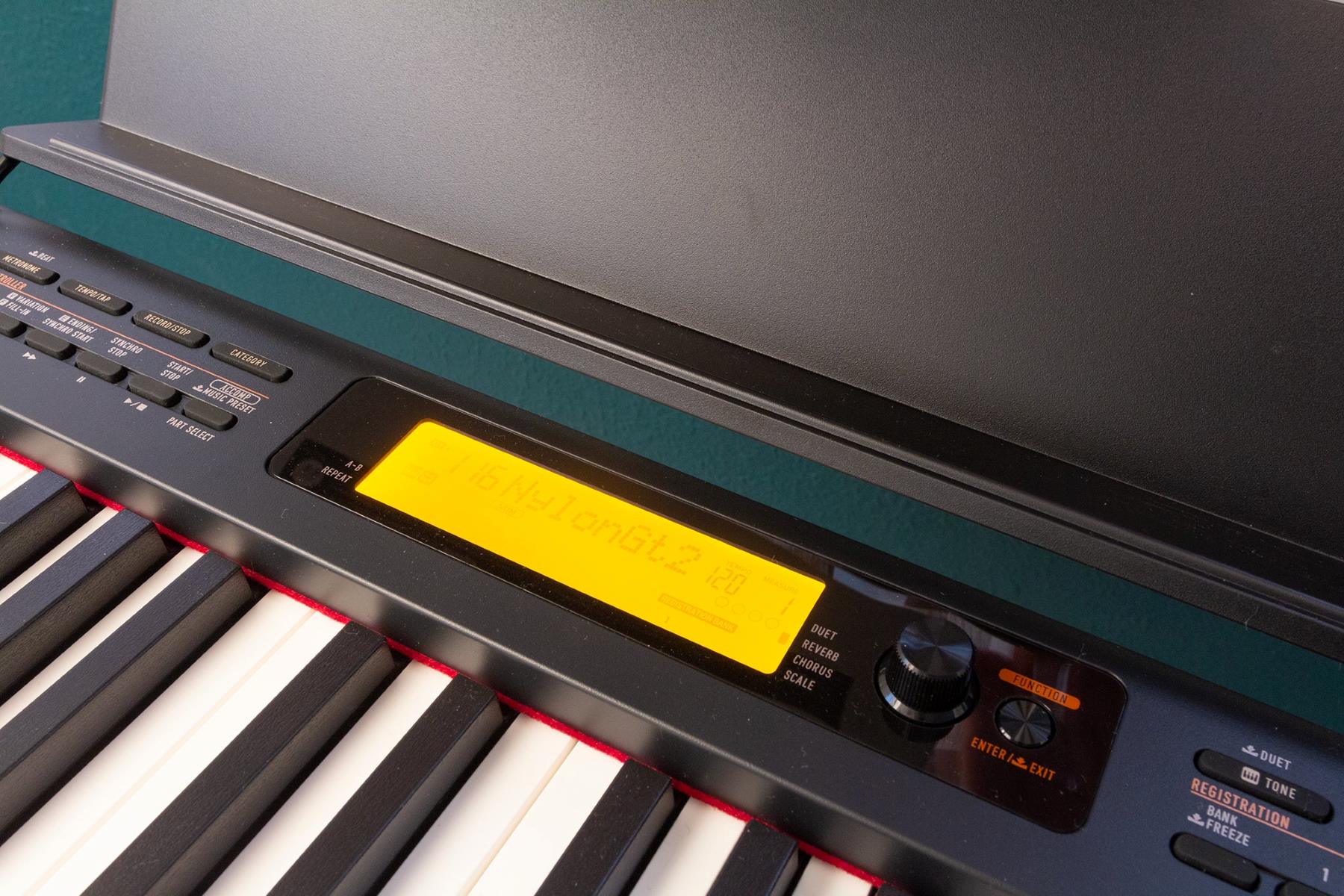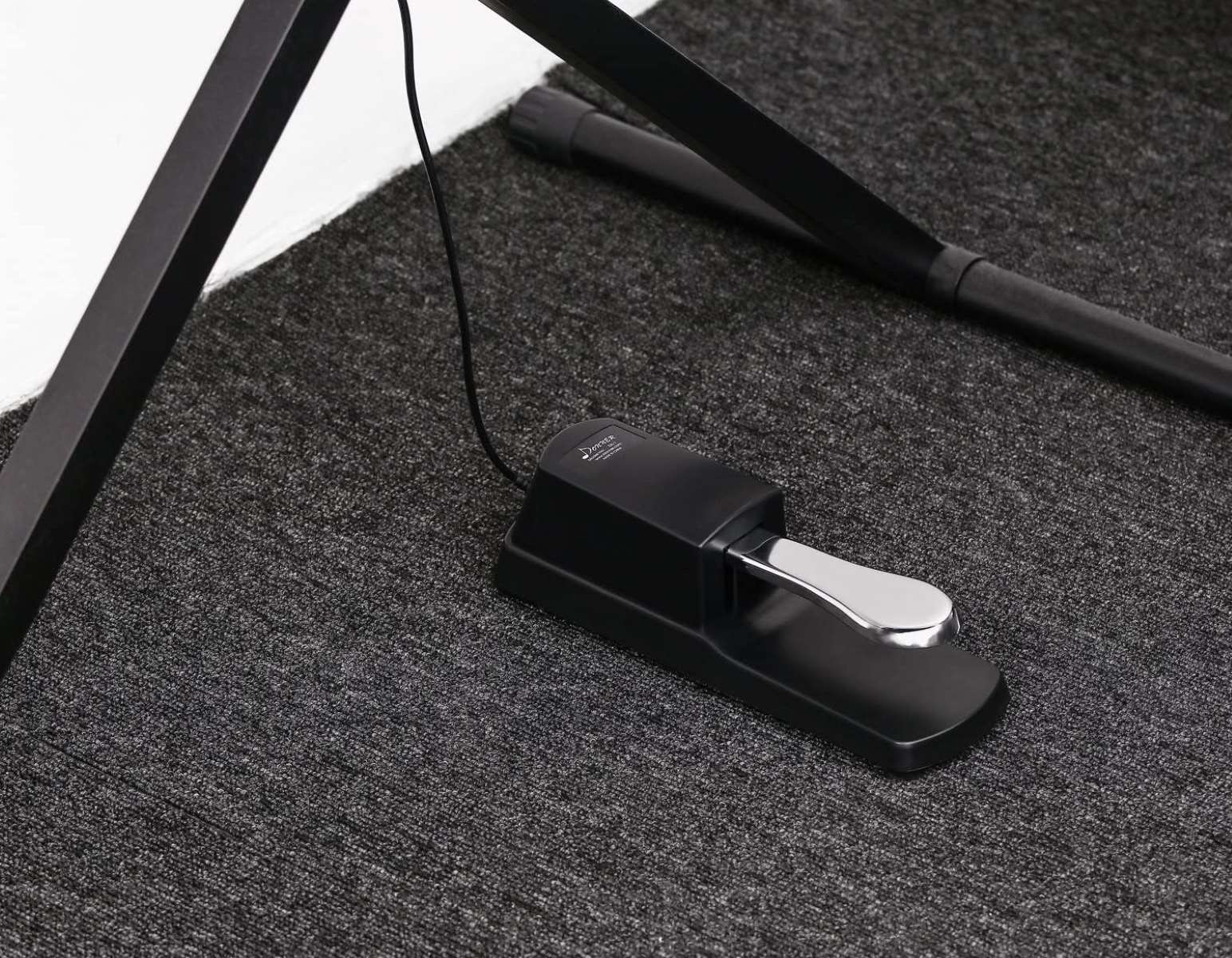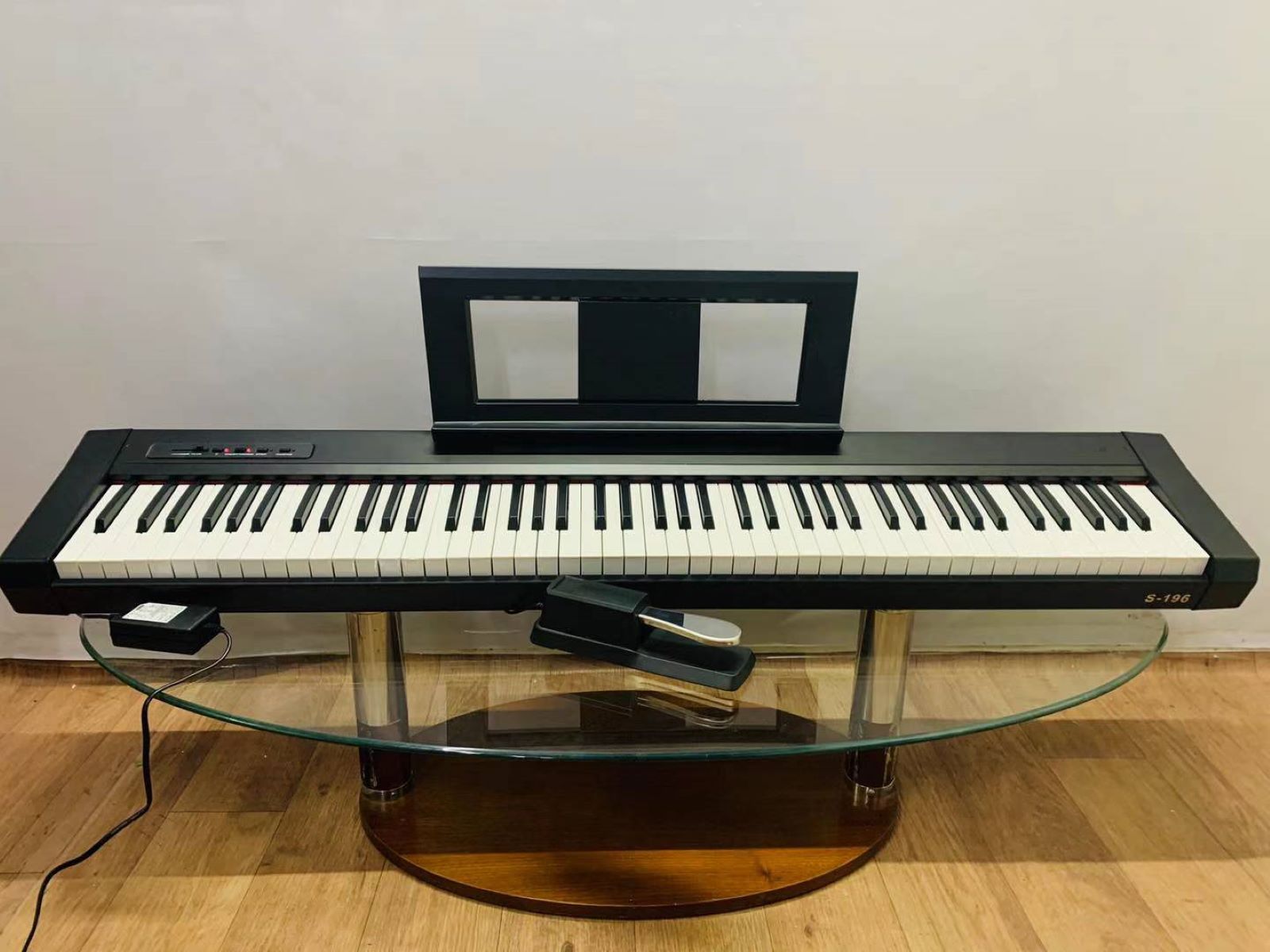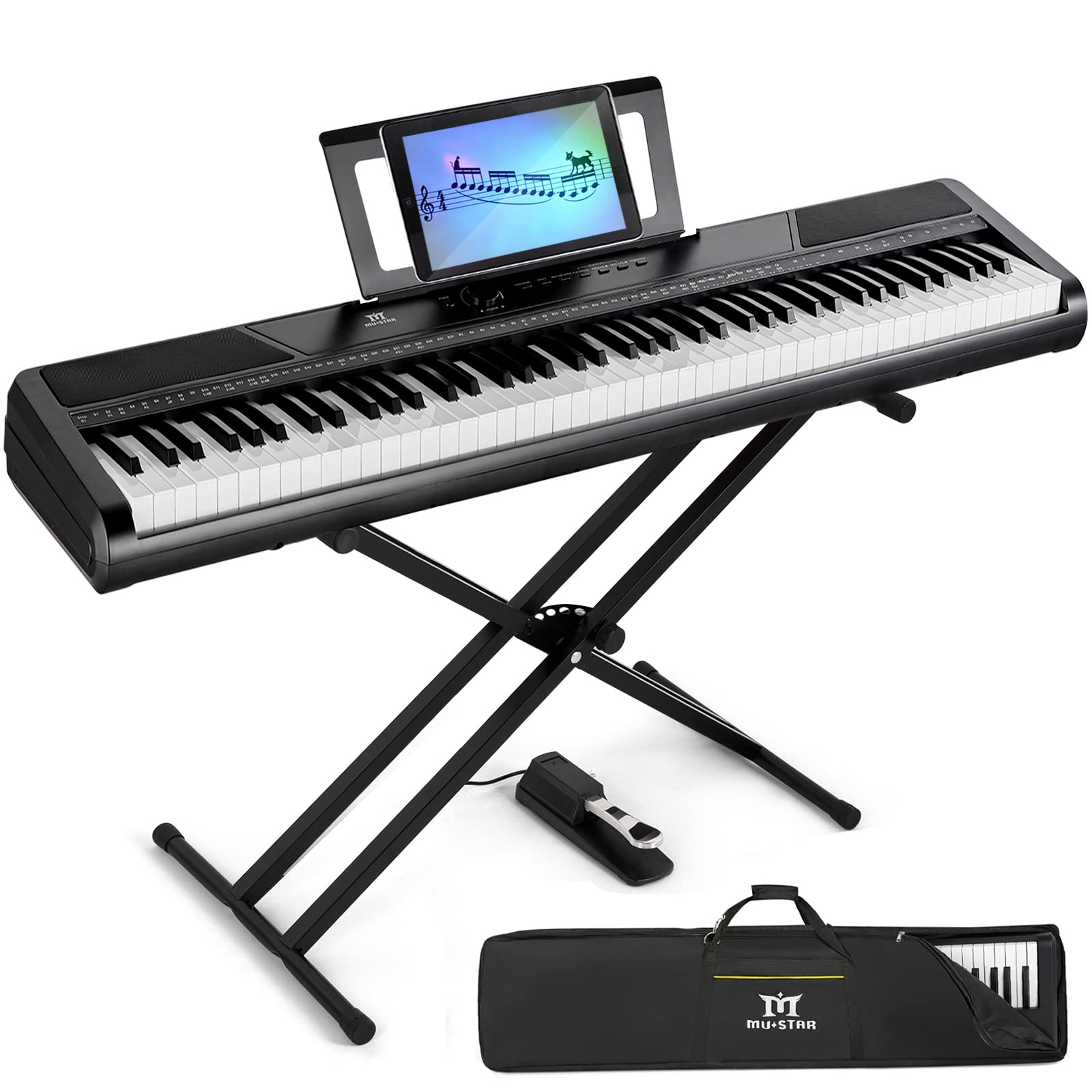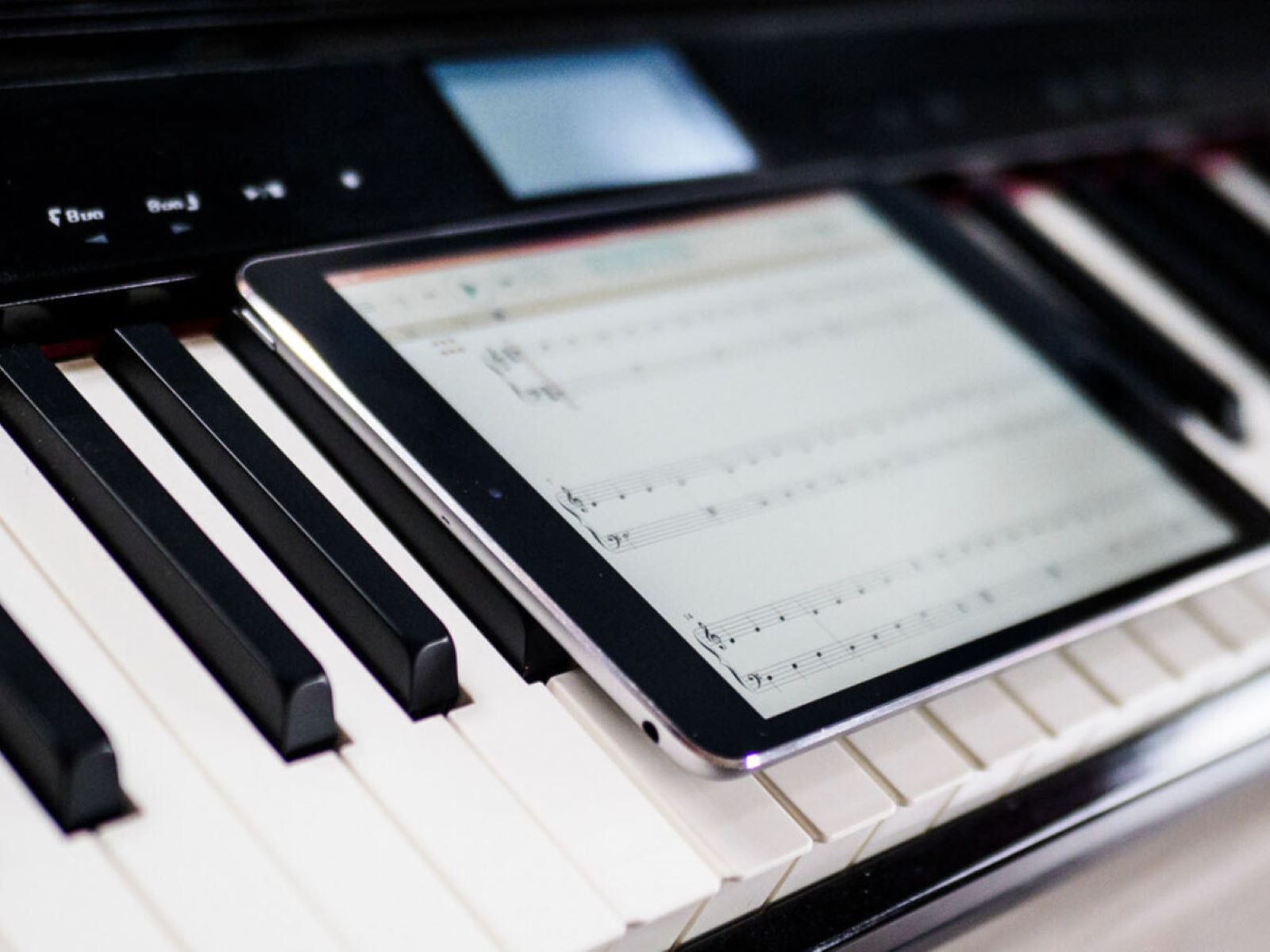Introduction
So, you've got a digital piano and an Android phone, and you're eager to connect the two to unlock a world of musical possibilities. Whether you want to record your performances, explore a variety of music apps, or simply enjoy the convenience of playing along with your favorite songs, connecting your digital piano to your Android phone can open up a whole new realm of musical creativity.
In this guide, you'll learn how to seamlessly link your digital piano with your Android device, allowing you to harness the power of technology to enhance your musical experience. With just a few simple steps, you'll be able to integrate these two powerful tools and take your musical journey to the next level.
By following the steps outlined in this guide, you'll be able to connect your digital piano to your Android phone with confidence and ease. Whether you're a seasoned musician or just starting out, this process will enable you to explore new ways to express yourself musically and make the most of the technology at your fingertips.
So, let's dive in and discover how to connect your digital piano to your Android phone, unlocking a world of musical possibilities right from the palm of your hand.
Step 1: Gather the necessary equipment
Before you begin the process of connecting your digital piano to your Android phone, it’s essential to gather the necessary equipment. Ensuring that you have the right tools at your disposal will streamline the connection process and set the stage for a seamless integration between your digital piano and Android device.
Here’s what you’ll need:
- Digital Piano: Of course, the first item on the list is your digital piano. Make sure it’s in good working condition and has the necessary output ports to connect to your Android phone.
- Android Phone: Ensure that your Android phone is charged and ready to go. You’ll be using it to interface with your digital piano and potentially record or play music.
- USB Cable or MIDI Interface: Depending on the connectivity options available on your digital piano, you’ll need a USB cable or MIDI interface to establish a connection with your Android phone. Check the specifications of your digital piano to determine the appropriate cable or interface needed.
- Adapter (if necessary): If your digital piano uses a different type of connector than your Android phone, you may need an adapter to ensure compatibility.
- Optional: Music Apps: While not essential for the initial connection, having music apps installed on your Android phone can enhance your musical experience. Consider exploring apps for recording, music creation, or interactive learning to complement your digital piano.
By ensuring that you have all the necessary equipment on hand, you’ll be well-prepared to proceed with the next steps of connecting your digital piano to your Android phone. With everything in place, you’ll be ready to seamlessly integrate these devices and unlock a world of musical possibilities.
Step 2: Connect the digital piano to the Android phone
Now that you’ve gathered the necessary equipment, it’s time to establish the physical connection between your digital piano and your Android phone. Depending on the specific ports and connectivity options available on your devices, there are a few different methods you can use to achieve this connection.
Here’s how to connect your digital piano to your Android phone:
- USB Connection: If your digital piano features a USB output and your Android phone supports USB OTG (On-The-Go), you can use a USB cable to directly connect the two devices. Simply plug one end of the USB cable into the USB output on your digital piano and the other end into your Android phone using a compatible USB OTG adapter. Once connected, your Android device should recognize the digital piano as a MIDI input device.
- MIDI Interface: If your digital piano uses MIDI connectivity, you can connect it to your Android phone using a MIDI interface. This method involves connecting the MIDI output from your digital piano to the MIDI input of the interface, and then connecting the interface to your Android phone using a compatible USB OTG adapter. This setup allows for MIDI data to be transmitted between the digital piano and your Android device.
- Bluetooth Connection (if supported): Some digital pianos and Android devices support Bluetooth connectivity. If both your digital piano and Android phone have Bluetooth capabilities, you can pair the two devices wirelessly. This method eliminates the need for physical cables and can provide a convenient and clutter-free connection.
Once you’ve successfully connected your digital piano to your Android phone using one of the methods described above, you’re ready to move on to the next steps of configuring the settings and preparing your devices for recording or playback. With the physical connection established, you’re one step closer to seamlessly integrating these powerful musical tools.
Step 3: Configure the settings on the digital piano
After successfully connecting your digital piano to your Android phone, it’s essential to configure the settings on the digital piano to ensure seamless communication with your Android device. By adjusting the appropriate settings, you can optimize the interaction between the two devices and prepare for recording, playback, or any other musical activities you have in mind.
Here are the key settings to configure on your digital piano:
- MIDI Settings: Access the MIDI settings on your digital piano to ensure that MIDI data is being transmitted correctly to your Android phone. Depending on your digital piano model, you may need to enable MIDI output or select the appropriate MIDI channel for communication with your Android device.
- Audio Output Settings: If you plan to use your Android phone for recording or playback, verify the audio output settings on your digital piano. Ensure that the audio signal is routed to the appropriate output port that is connected to your Android device, whether it’s through USB or MIDI connectivity.
- Instrument and Sound Settings: Adjust the instrument and sound settings on your digital piano to achieve the desired tone and expression. Whether you prefer a specific instrument sound, effects, or other parameters, fine-tuning these settings can enhance your overall musical experience when using your Android phone in conjunction with the digital piano.
- Performance Mode Settings (if applicable): If your digital piano offers performance modes, such as split keyboard, layering sounds, or other advanced features, configure these settings according to your preferences. This will allow you to take full advantage of the digital piano’s capabilities when connected to your Android phone.
By carefully adjusting these settings on your digital piano, you can ensure that it is optimized for seamless integration with your Android phone. Taking the time to configure these settings will set the stage for a smooth and enjoyable musical experience, whether you’re recording your performances, exploring music apps, or engaging in creative musical endeavors.
Step 4: Set up the Android phone for recording or playback
With your digital piano and Android phone successfully connected and the necessary settings configured on the digital piano, it’s time to prepare your Android phone for recording, playback, or any other musical activities you have in mind. By optimizing the settings and utilizing relevant apps, you can harness the full potential of your Android device in conjunction with your digital piano.
Here’s how to set up your Android phone for recording or playback:
- Audio Input Settings: If you plan to record audio from your digital piano, ensure that the audio input settings on your Android phone are configured to receive the audio signal from the connected digital piano. Depending on the recording app you intend to use, you may need to select the appropriate input source and adjust the input levels for optimal recording quality.
- Music Apps: Explore and install music apps on your Android phone that complement your digital piano experience. Whether you’re interested in recording, music production, virtual instruments, or interactive learning tools, there are numerous apps available to enhance your musical journey. Familiarize yourself with the features of these apps and consider how they can integrate with your digital piano to expand your musical capabilities.
- Playback and Monitoring: If you plan to use your Android phone for playback or monitoring while playing your digital piano, ensure that the audio output settings are configured appropriately. This may involve selecting the output device, adjusting volume levels, and monitoring the audio signal to ensure a seamless playback experience.
- Integration with Music Creation Apps: If you’re interested in creating music on your Android phone, consider how it can integrate with music creation apps. Explore the possibilities of using your digital piano as a MIDI controller for music production apps, allowing you to compose, arrange, and perform music directly from your Android device.
By setting up your Android phone for recording, playback, and music exploration, you can maximize its potential as a companion to your digital piano. Whether you’re capturing musical ideas, experimenting with new sounds, or simply enjoying the convenience of digital music tools, your Android phone can serve as a versatile and powerful platform for creative expression.
Conclusion
Congratulations! By following the steps outlined in this guide, you’ve successfully learned how to connect your digital piano to your Android phone, unlocking a world of musical possibilities right at your fingertips. Through the seamless integration of these two powerful devices, you’ve expanded your musical horizons and gained access to a wealth of creative opportunities.
By gathering the necessary equipment, establishing the physical connection between your digital piano and Android phone, configuring the settings on your digital piano, and setting up your Android phone for recording or playback, you’ve laid the foundation for a harmonious and productive musical partnership. Whether you’re a musician, composer, educator, or simply an enthusiast exploring the realms of music and technology, this connection opens up a myriad of possibilities for expression and creativity.
As you continue to explore the capabilities of your connected digital piano and Android phone, consider the vast array of music apps, recording tools, and interactive experiences available to enrich your musical journey. Whether you’re capturing spontaneous musical ideas, delving into music production, or simply enjoying the convenience of digital tools, this integration empowers you to engage with music in new and exciting ways.
Remember, the connection between your digital piano and Android phone is not just a technical feat, but a gateway to inspiration, collaboration, and personal growth. Embrace the fusion of traditional musical expression and modern technology, and let your creativity flourish as you navigate this interconnected musical landscape.
So, as you embark on this musical journey with your digital piano and Android phone in harmony, may the melodies you create and the experiences you cultivate bring joy, fulfillment, and endless possibilities.







